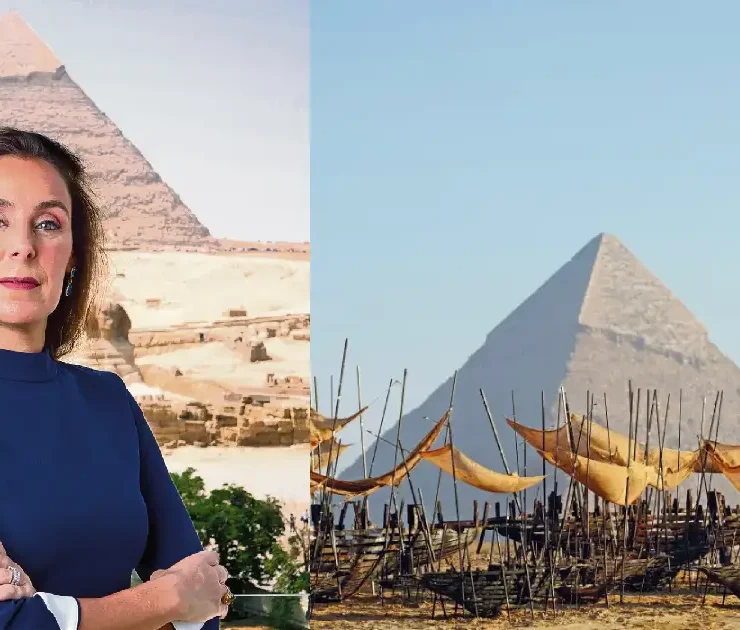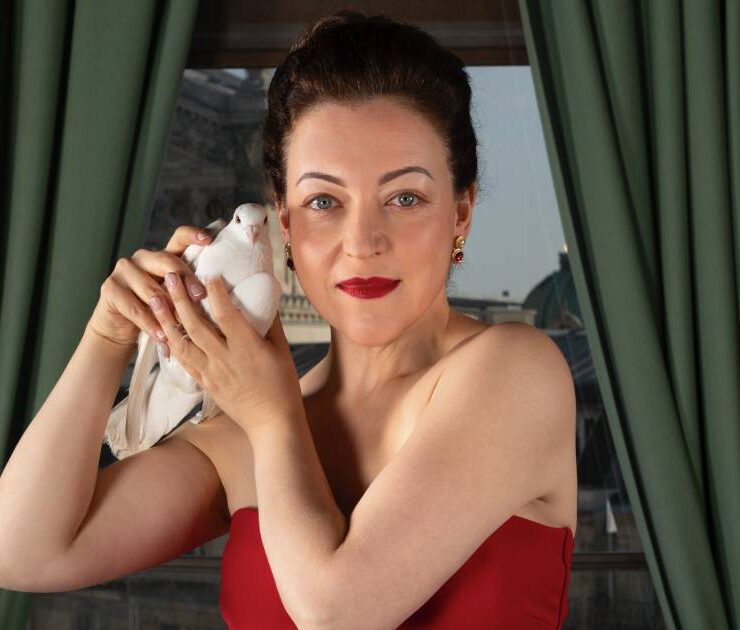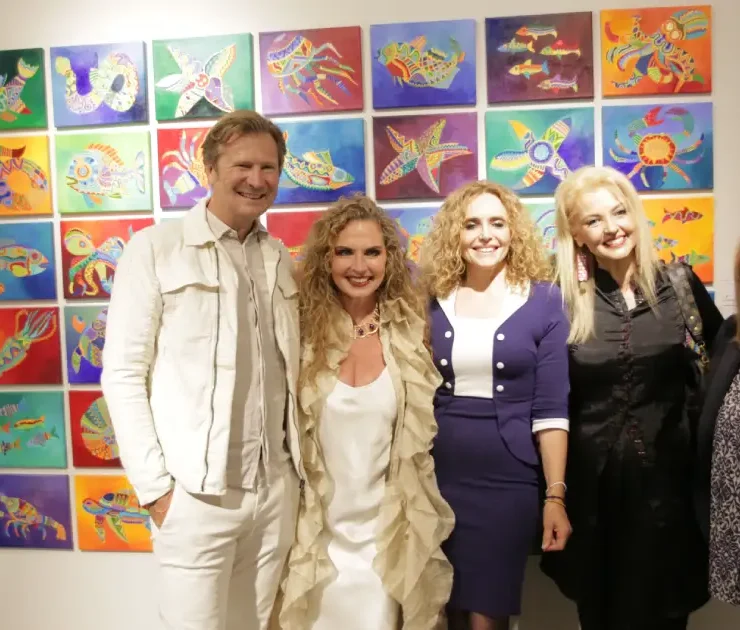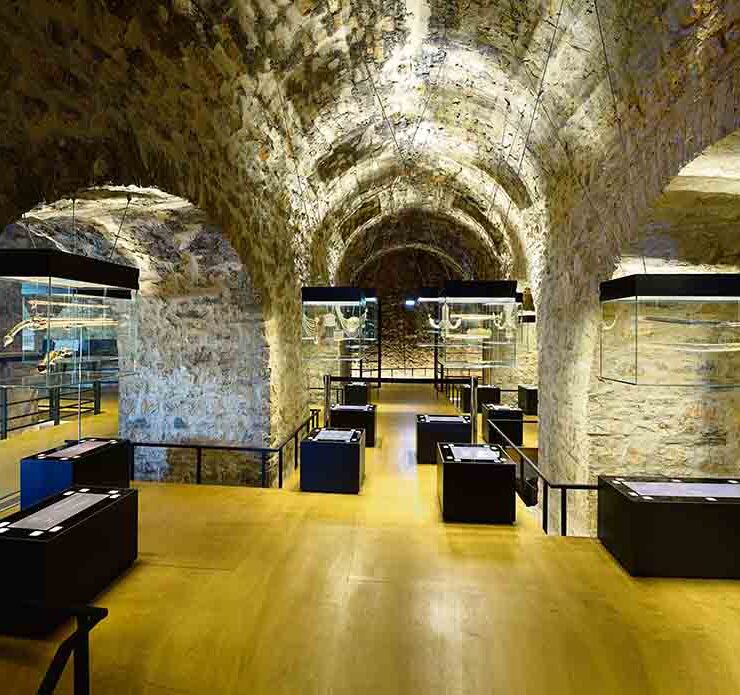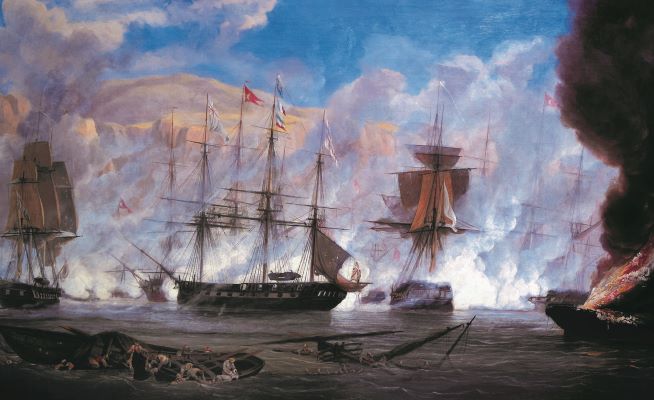Global Artists Unite for the Fourth Edition of Forever Is Now – A Fusion of Tradition and Innovation

The fourth edition of Forever Is Now, Egypt’s landmark art exhibition, returns this October, under the auspices of the Ministry of Culture, Ministry of Tourism & Antiquities, and Ministry of Foreign Affairs and the patronage of UNESCO. Scheduled to take place from 24 October to 16 November 2024, Forever Is Now.04 brings together a distinguished group of 12 international artists, each contributing their unique voice to a collective dialogue that transcends time and cultural boundaries.
This year’s exhibition invites audiences to embark on a journey of discovery, where art serves as a bridge between history and the present day. The curatorial theme positions both artists and visitors as modern-day archaeologists, using creativity as their tools to uncover the hidden layers of meaning embedded in the ordinary. The use of unconventional materials further underscores this vision, reminding us that, like archaeology, art demands an eye for the unexpected and the courage to celebrate the mundane.
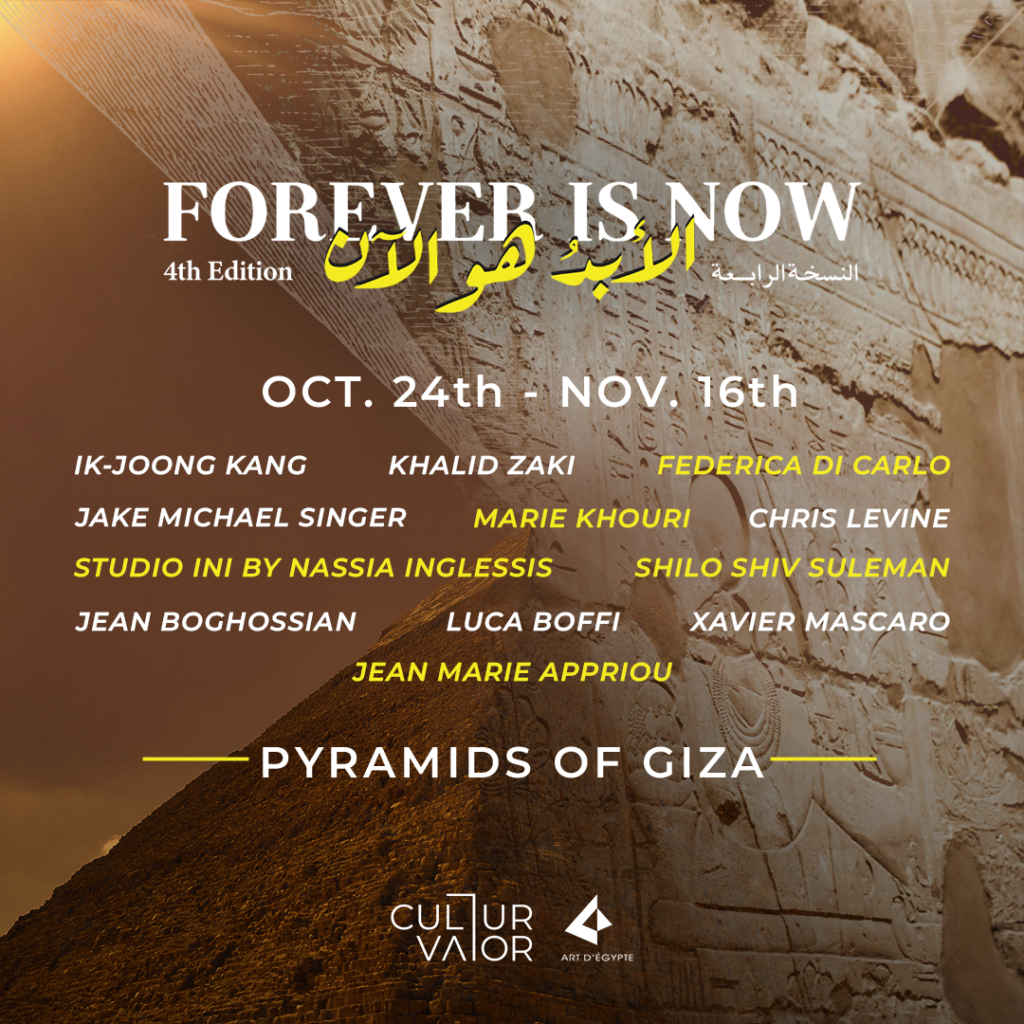
Forever Is Now.04 brings together a rich diversity of cultural perspectives, with artists from the United Kingdom, Italy, South Korea, South Africa, Belgium, Lebanon, France, Egypt, India, Greece, Spain, Canada, and beyond, each contributing their unique narrative to this extraordinary artistic dialogue. The Giza Pyramids, one of the world’s most iconic landmarks, serve not only as a backdrop but as an integral part of the artistic experience, where ancient history and modern innovation collide.

For the first time, this year’s exhibition will feature two parallel projects. The first one showcases an AI artist, Hassan Ragab, an Egyptian-American artist. His innovative work, supported by Meta, bridges technology and traditional art, offering a fresh perspective on how artificial intelligence can contribute to and expand the realm of creative expression. In addition to a second parallel project, a video project by Saudi artist Daniah Al Saleh. A 10-minute piece revisits the golden era of Egyptian cinema (1940s-1960s), exploring how these films influenced Middle Eastern societies by subtly challenging norms around fashion, love, and personal expression. Blending research with machine learning, Evanesce reimagines the experience of watching classical films, evoking a sense of nostalgia while questioning how cinema shapes our collective memories and perceptions of reality.
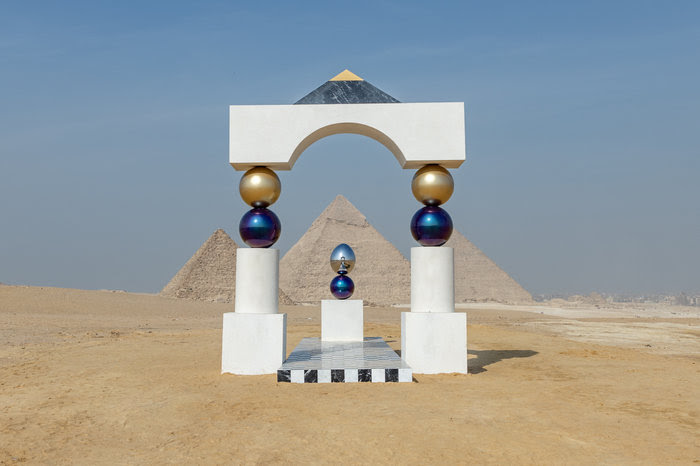
Our exhibition is made possible due to the support of our partners; our official banking partner Alex Bank, our insurance partner Barta & Partners, Afrexim Bank, Total Energies, BICC cables, our logistics partner DHL, our carrier partner Egyptair, Bibliotheca Alexandrina, Sawiris foundation, our leather partner leopelle, and our media partners; TV5 Monde, MO4 Network, Designboom, Art Africa
Participating artists include:
- Chris Levine (United Kingdom) is celebrated for his pioneering work in light art and spatial awareness. Levine’s installation draws on sacred geometry and astronomical ratios, particularly those found in the Great Pyramid of Khufu. His art offers a contemplative space, inviting viewers to explore the universal truths embedded in the Giza Plateau.
- Federica Di Carlo (Italy) approaches her work with a deep connection to nature and the cosmos. Her installation at the Pyramids symbolizes the infinite possibilities of life and the unseen energies that surround us, merging the scientific with the mystical in a thought-provoking manner.
- Ik-Joong Kang (South Korea) is renowned for his intricate mosaics, which bring together thousands of small canvases, each representing a story or memory. His work at Giza draws parallels between the ancient world and modern life, symbolizing the collective memories that shape our present.
- Jake Michael Singer (South Africa) creates large-scale installations that explore the tension between natural landscapes and urban environments. His work at Giza reflects on the juxtaposition of the ancient desert with modernity, challenging viewers to rethink their relationship with nature and history.
- Jean Boghossian (Belgium/Lebanon) is a master of the art of fire. His burnt canvases and sculptures are a testament to the transformative power of flame, representing both destruction and creation. At the Giza Pyramids, his work echoes the enduring spirit of rebirth.
- Jean-Marie Appriou (France) is known for his dreamlike sculptures that blend mythology with contemporary concerns. His installation at Giza evokes a dialogue between the ancient gods and modern humanity, bridging the gap between the mystical and the real.
- Khaled Zaki (Egypt) brings a unique perspective with his work that melds ancient Egyptian forms with modern abstraction. His sculptures resonate with the timelessness of the Pyramids, embodying a fusion of past and present in their design and materiality.
- Luca Boffi (Italy) explores the intersection of natural and artificial environments through his use of grids as optical devices. His work engages communities in a shared exploration of space and memory, transforming the Giza Pyramids into a canvas for collective action.
- Marie Khouri (Canada/Lebanon) melds her Egyptian heritage with global influences, creating flowing arabesque forms that spell out universal messages of peace and unity. Her work reflects a deep connection to both her roots and her journey as a global artist.
- Shilo Shiv Suleman (India) merges Eastern and Western symbols to create immersive installations that represent a rebirth of consciousness. Her work, inspired by the blue lotus flower, offers a space for connection and peace, blending ancient Egyptian and Indian motifs.
- STUDIO INI by Nassia Inglessis (Greece) is known for her sculptures that take form and transform human interaction. Her sculpture at Giza invites viewers to engage physically and transform it as an integral part of its liquid solidity, as they journey into the past of the Ancient Egyptians to form a vision of the monument of the future that unites the Human, the Technological, and the Elemental.
- Xavier Mascaro (Spain/Latin America) integrates architecture, design, and sculpture in his works that often interact with the environment. His contribution to the exhibition at Giza plays with perspectives and perceptions, making the viewer question the boundaries between what is ancient and what is new.
Nadine Abdel Ghaffar, the founder of Culturvator by Art D’Égypte, shares her excitement for this year’s exhibition:
“We are thrilled to present the fourth edition of ‘Forever Is Now’ at the majestic Pyramids of Giza. This year’s exhibition is particularly special as it marks the first time we are featuring artists from Asia, opening up new dialogues and connections across borders. Our concept delves into the rich narratives of our past while exploring the transformative power of contemporary art.
CULTURVATOR/ART D’Égypte
Art D’Égypte was established by Nadine Abdel Ghaffar as a privately owned Egyptian multidisciplinary firm that aimed to support Egyptian arts and cultural initiatives. The company soon became a powerhouse on the Egyptian cultural calendar with diverse initiatives across many disciplines. Culturvator was born out of a need to extend the reach of Art D’Égypte and bring all these initiatives together under one umbrella. It is a multi-disciplinary cultural platform that works with private and public entities to activate spaces for cultural promotion across all creative disciplines, spanning everything from visual arts and film to heritage, design, and music. The core of the CulturVator by Art D’Égypte model is to foster and promote new collaborations across the global creative industry to build new connections and cultural experiences for a global audience.
To date, Art D’Égypte founder Nadine Abdel Ghaffar has curated six highly successful exhibitions showcasing the works of over 50 Egyptian artists: Eternal Light at the Egyptian Museum (2017); Nothing Vanishes, Everything Transforms at the Manial Palace (2018); and Reimagined Narratives at four sites on Al-Mu’iz Street in Historic Cai-ro, a UNESCO World Heritage site (2019), as well as three international editions of Forever Is Now at the Pyramids of Giza plateau (2021, 2022, 2023).


